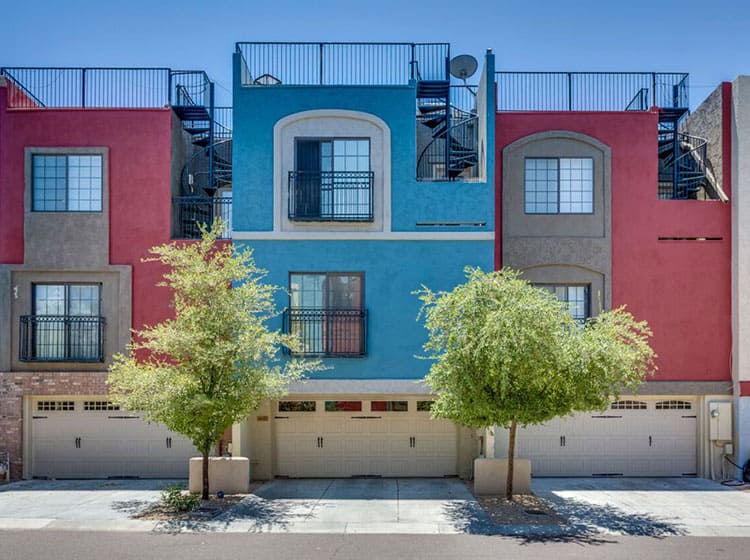Explore The Role Of Seasonal Consider The Success Of Industrial Outside Painting And Discover The Very Best Times To Secure Long Lasting Outcomes For Your Job
Explore The Role Of Seasonal Consider The Success Of Industrial Outside Painting And Discover The Very Best Times To Secure Long Lasting Outcomes For Your Job
Blog Article
Authored By-Leach Decker
When you're planning an industrial outside painting project, seasonal factors can make or damage your results. You'll want to consider exactly how temperature and humidity influence paint application and drying out times. Picking the best period can guarantee your paint sticks effectively and lasts longer. However which seasons are really the very best for this kind of job? Allow's explore the crucial elements that can impact your job's success.
The Impact of Temperature on Paint Application
When you're preparing a business external paint project, the temperature can dramatically affect just how well the paint adheres and dries out.
Ideally, you intend to repaint when temperature levels range between 50 ° F and 85 ° F. If it's as well cold, the paint may not treat effectively, leading to issues like peeling off or splitting.
On the flip side, if it's as well warm, the paint can dry out too quickly, preventing appropriate attachment and resulting in an uneven surface.
You need to also consider the moment of day; morning or late afternoon provides cooler temperature levels, which can be much more favorable.
Always inspect the manufacturer's suggestions for the specific paint you're utilizing, as they typically give support on the perfect temperature level range for optimal results.
Moisture and Its Effect on Drying Times
Temperature isn't the only environmental element that influences your industrial external painting job; humidity plays a significant duty also. High moisture levels can reduce drying times significantly, affecting the overall quality of your paint job.
When the air is saturated with moisture, the paint takes longer to cure, which can cause concerns like bad attachment and a higher threat of mold development. If you're painting on a specifically damp day, be prepared for extensive wait times in between layers.
It's essential to check neighborhood weather and plan as necessary. Ideally, go for moisture levels between 40% and 70% for optimal drying.
Keeping these consider mind ensures your project stays on track and supplies an enduring surface.
Best Seasons for Commercial Outside Painting Projects
What's the most effective season for your commercial exterior painting jobs?
Spring and early fall are usually your best options. During these seasons, temperature levels are light, and humidity degrees are often reduced, developing excellent problems for paint application and drying.
Avoid summertime's intense heat, which can create paint to completely dry too swiftly, leading to inadequate attachment and finish. In sherwin williams consultation , winter months's cold temperature levels can impede correct drying and treating, risking the durability of your paint task.
find more for days with temperatures in between 50 ° F and 85 ° F for ideal results. Remember to inspect the local weather forecast for rainfall, as damp problems can ruin your job.
Planning around these elements guarantees your paint project runs smoothly and lasts much longer.
Verdict
To conclude, planning your commercial exterior painting tasks around seasonal considerations can make a substantial difference in the end result. By organizing work throughout the excellent temperature levels and moisture levels, you'll ensure far better adhesion and drying out times. Keep in mind to watch on neighborhood weather prediction and select the right time of year-- spring and early loss are your best choices. Taking these actions will certainly assist you accomplish a long lasting and specialist coating that lasts.
